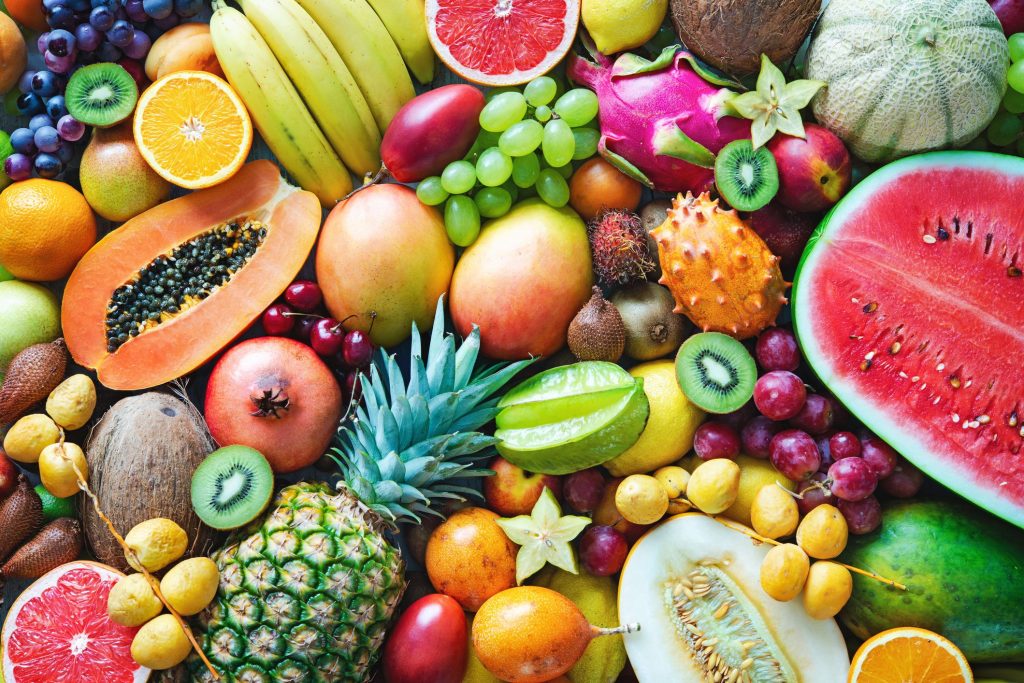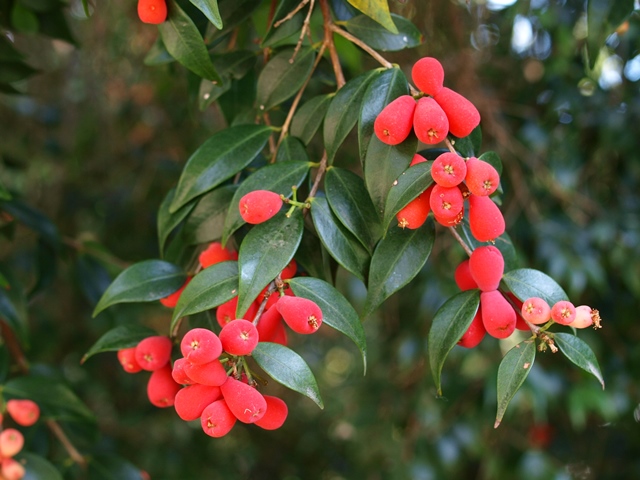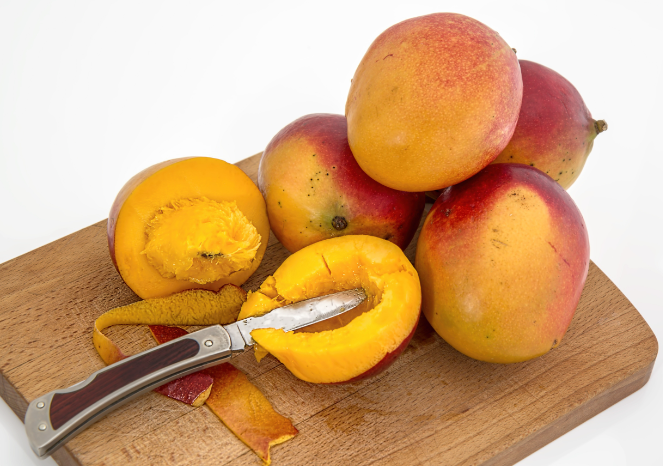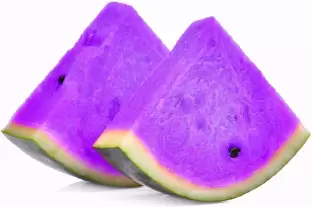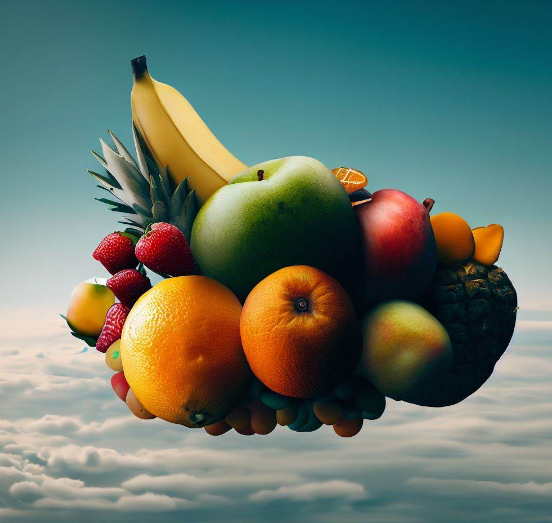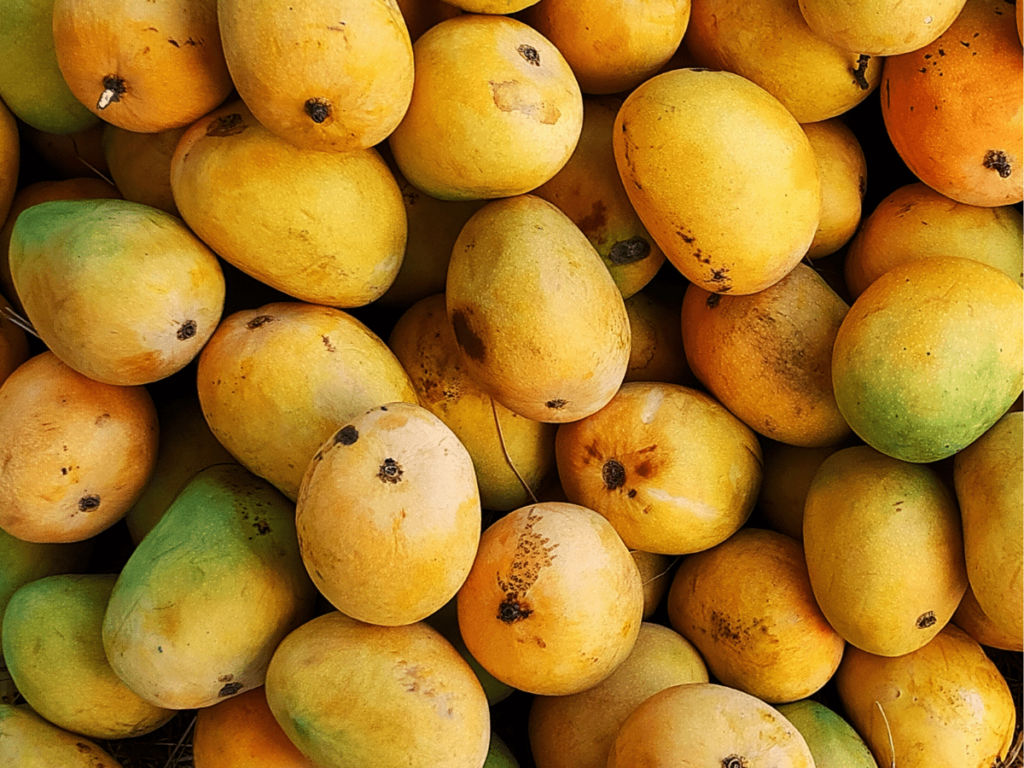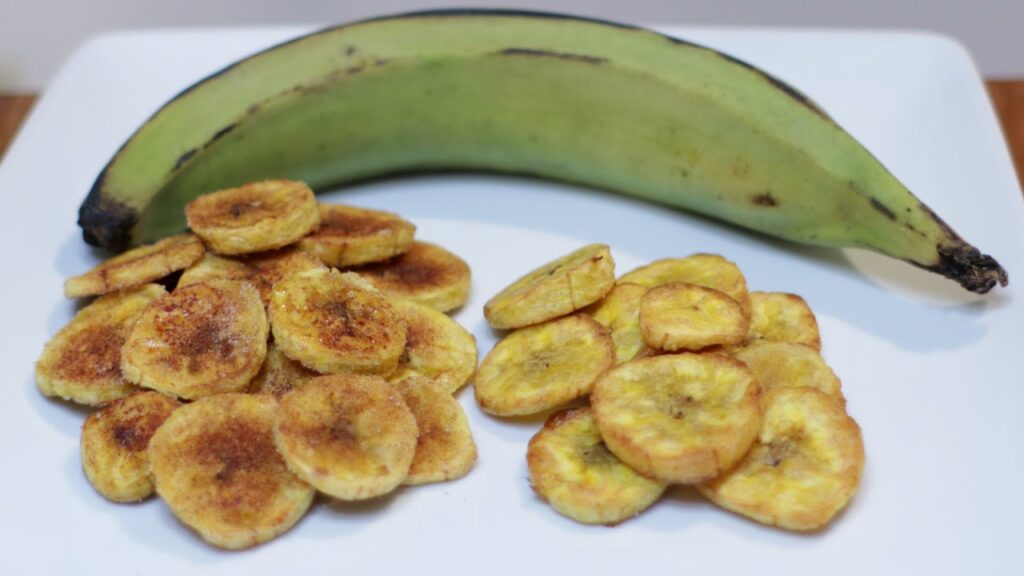There’s a big family of fruits that loves the sun and thrives in places that are really nice and warm, close to the imaginary line around the middle of the Earth called the equator. These fruits are not just yummy; they look pretty with bright colors, they’re good for your body, and they have some very special tastes.
Table of Contents
- What Makes Tropical Fruits Special?
- Is a Banana One of These Tropical Fruits?
- Where Do Bananas Originally Come From?
- What Kind of Weather Do Bananas Love?
- How Good Are Bananas for You?
- What Can You Make with Bananas?
- All the Different Types of Bananas
- How to Pick and Keep Bananas Fresh
- Fun Banana Facts
- In Conclusion
- Frequently Asked Questions
- Can bananas grow in cooler places than the tropics?
- Is it okay to eat green bananas?
- Are bananas loaded with potassium?
- What good things do bananas do for your body?
- Can eating bananas help when your muscles are tight or sore?
What Makes Tropical Fruits Special?
Tropical fruits are special in a lot of ways. If you’ve ever had a bite, you might have noticed how they can be sweet or a little sour, and sometimes they smell amazing. They’ve got lots of things that are good for you, like vitamins and minerals, and stuff our bodies need to stay healthy, like fiber and things that protect our cells.
Is a Banana One of These Tropical Fruits?
Bananas are 100% tropical. They love the warm, cozy weather you find in places like where they come from.
Where Do Bananas Originally Come From?
People think bananas first grew in places like Malaysia, Indonesia, and the Philippines, somewhere in Southeast Asia. Then they hitched rides with traders and travelers to spread all over the world.
What Kind of Weather Do Bananas Love?
To grow their best, banana plants need it warm, like between 24°C and 35°C. They’re big fans of damp air too because it helps them get lots of water to grow big and strong.
How Good Are Bananas for You?
Bananas are more than just tasty. They’re full of vitamins C and B6, and they have lots of potassium, which your heart and muscles really need. They’ve got fiber, too, which makes them good for your tummy.
What Can You Make with Bananas?
There’s so much you can do with bananas! Eat them by themselves when you’re hungry, blend them into a smoothie, slice them up for your cereal or yogurt, or bake them into delicious treats like cakes, bread, and muffins. You can even make a super yummy ice cream with just frozen bananas!
All the Different Types of Bananas
Bananas come in lots of shapes and sizes. You might have seen the big Cavendish ones at the store, tiny sweet Lady Finger ones, or even Plantains that are great for cooking. They’re all a bit different in taste and how you might want to use them.
How to Pick and Keep Bananas Fresh
When you’re out shopping for bananas, look for ones that are nice and firm without bruises. The color of their skin tells you if they’re ripe: green means wait a bit, yellow with spots means just right. If you want to keep them around for longer, put them in the fridge once they’re ripe.
Fun Banana Facts
- Bananas are super popular – they’re top of the list for fruits and one of the most important foods in the world.
- They grow in bunches that look like hands, and we call each banana a “finger.”
- The inside of a banana peel can calm down itchy bug bites and make silver shiny without chemicals.
In Conclusion
So, bananas are tropical fruits that love to grow where it’s warm and toasty. They’re versatile, they can make your food tastier, and they give your body important nutrients. Next time you have a banana, think about its journey from a sunny, exotic place to you.


